Welcome to Spirit Animal Online
Welcome to Spirit Animal Online, your gateway to the wisdom of animal guides! Here, you’ll discover the powerful connections between humans and animals in the spirit world. Whether you’re searching for your spirit animal or looking to deepen your understanding of these mystical guides, you’re in the right place. Join us on a journey of self-discovery and spiritual growth through the ancient practice of animal wisdom.
Random Posts:
What Are Spirit Animals?
Spirit animals are spiritual guides that offer insights into your character, life path, and challenges. These animal allies appear in our lives as messengers, bringing wisdom from the natural world to help us navigate our spiritual journey. By connecting with your spirit animal, you can gain a deeper understanding of yourself and the world around you.

Latest Blog Posts:

Shetland Sheepdog Symbolism: Exploring the Spiritual Significance of the Loyal Companion
Introduction The Shetland Sheepdog, also known as the “Sheltie,” is a beloved breed that has captured the hearts of dog lovers worldwide. Beyond their charming appearance and affectionate nature, these…
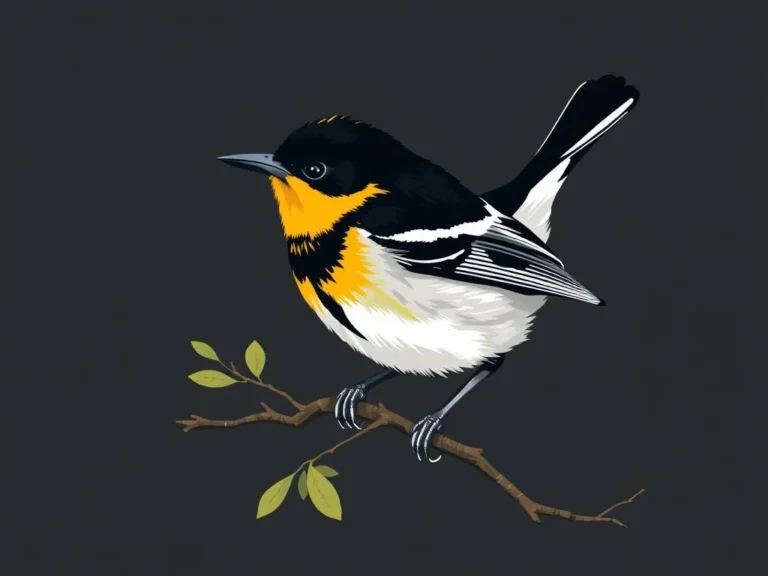
Blackburnian Warbler Symbolism: Discovering the Meaning and Significance
Introduction The blackburnian warbler, a vibrant and captivating bird species, has long been the subject of fascination and intrigue among birdwatchers, nature enthusiasts, and those interested in the symbolic meaning…

Wryneck Symbolism: Unlocking the Secrets of this Enigmatic Bird
Introduction The wryneck, a small, inconspicuous bird, has long been associated with a rich tapestry of symbolism and spiritual significance. This intriguing creature, with its distinctive twisting neck and captivating…
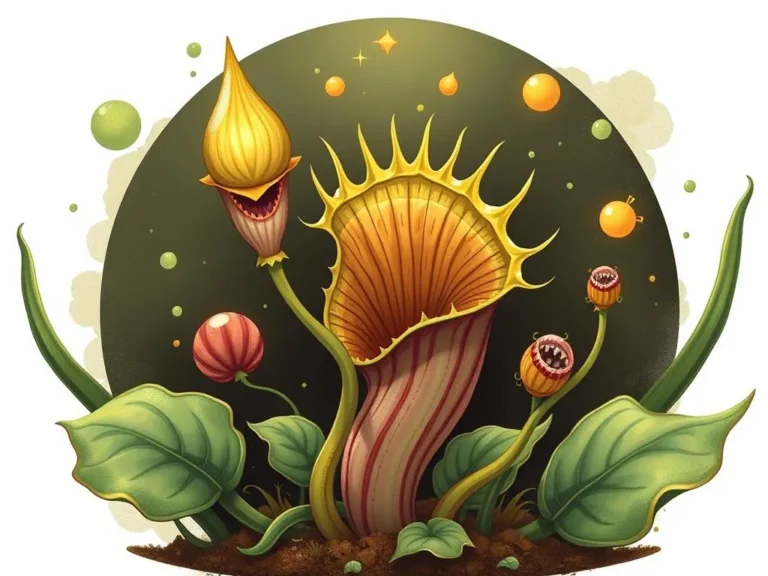
Venus Flytrap Symbolism: Interpreting the Spirit of Resilience
Introduction The Venus flytrap, with its captivating carnivorous nature, has long been a source of fascination and intrigue. Beyond its remarkable botanical features, the Venus flytrap holds a rich symbolic…
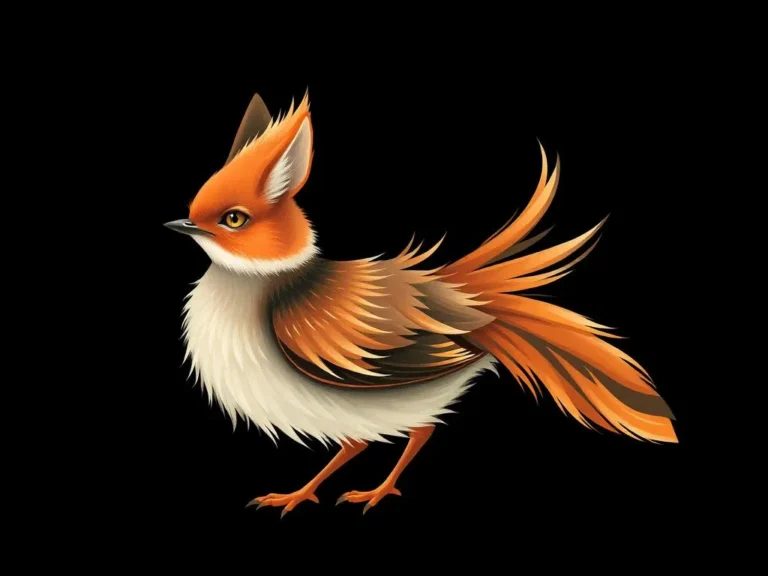
Tufted Coquette Symbolism: Exploring the Mystical Meaning of this Captivating Hummingbird
Introduction The tufted coquette, a tiny and enchanting hummingbird, has long been revered for its captivating beauty and alluring presence. This diminutive creature, with its striking crest and iridescent plumage,…

California Tarantula Symbolism: A Deeper Exploration of Arachnid Spirit Guides
Introduction The california tarantula is a captivating and often misunderstood arachnid that holds deep symbolic meaning in many cultures. As a spirit animal, the california tarantula can offer profound insights…

Treeing Tennessee Brindle Symbolism: Exploring the Spiritual Significance of this Unique Canine
Introduction The treeing Tennessee brindle is a captivating breed of dog with a rich history and intriguing symbolism. This unique canine, known for its brindle coat pattern and treeing abilities,…

Carpet Viper Symbolism: Uncovering the Mysteries of this Enigmatic Serpent
Introduction The carpet viper, a captivating and enigmatic snake found in parts of the Middle East and North Africa, has long held a place in the rich tapestry of cultural…

Lion Symbolism: Unleashing the Power of the King of the Jungle
Introduction Lion symbolism has captivated the human imagination for centuries. As the king of the jungle, the lion is revered for its strength, courage, and regal presence. In many cultures…

Whippet Symbolism: Exploring the Graceful and Speedy Spirit Animal
Introduction In the captivating world of animal symbolism, the whippet stands out as a creature that embodies a unique blend of grace, speed, and intuition. As a spirit animal, the…
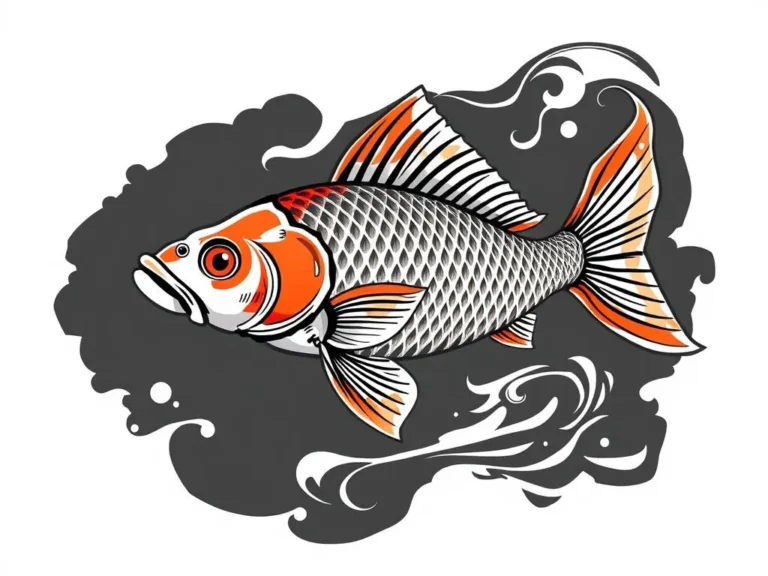
Common Carp Symbolism: Uncovering the Deeper Meaning
Introduction The common carp, a freshwater fish found in many parts of the world, has long been associated with a rich symbolism that extends beyond its physical attributes. Common carp…

Vampire Crab Symbolism: Unlocking the Mysteries of This Enigmatic Creature
Introduction Vampire crab symbolism has long captivated the imagination of many, with its striking appearance and intriguing associations. These remarkable crustaceans, with their distinctive red-and-black coloration and unique feeding habits,…

Cowbird Spirit Animal: Discovering the Symbolic Meaning and Significance
Introduction The cowbird spirit animal is a fascinating and complex totem that has long been the subject of intrigue and fascination among those interested in the realm of animal symbolism….

Snow Leopard Symbolism: Exploring the Majestic Spirit of the Himalayas
Introduction The snow leopard, a majestic and elusive feline found in the rugged Himalayan mountains, has long been revered for its symbolic significance in various cultures and belief systems. Snow…
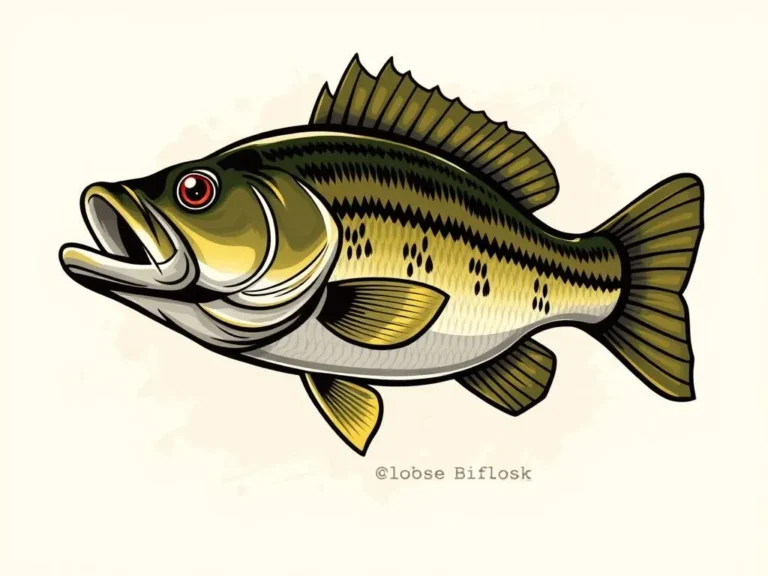
Smallmouth Bass Symbolism: Uncovering the Deeper Meanings
Introduction The smallmouth bass, a beloved game fish found in many North American waterways, holds a special place in the hearts of anglers and nature enthusiasts alike. But beyond its…

Water Buffalo Spirit Animal: Strength, Patience, and Endurance
Introduction The water buffalo spirit animal is a powerful and revered totem in many cultures, symbolizing strength, patience, and endurance. These majestic creatures, often found in the wetlands and rice…

Woolly Mammoth Symbolism: Uncovering the Profound Insights of this Iconic Ice Age Beast
Introduction The woolly mammoth, a towering and majestic creature that roamed the Earth during the Ice Age, has long captured the imagination of humanity. This iconic species, with its thick,…
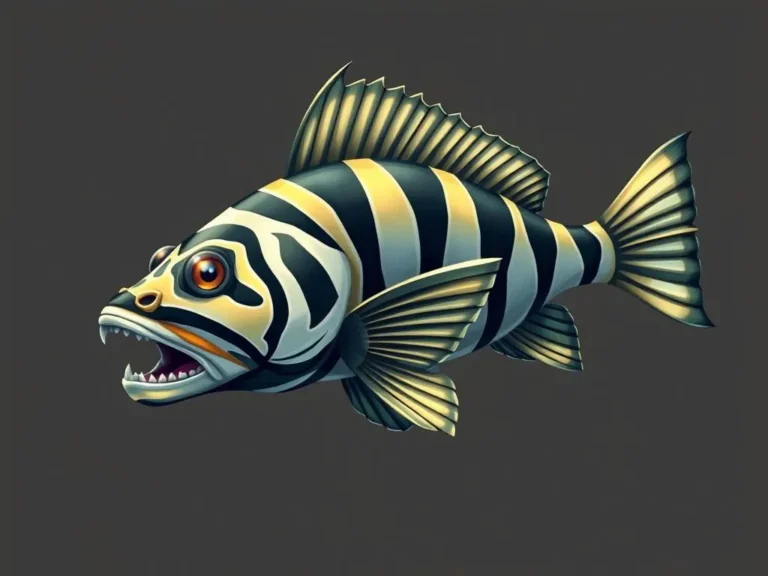
African Tigerfish Symbolism: Uncovering the Mystical Essence
Introduction In the captivating world of animal symbolism, the African tigerfish holds a unique and intriguing place. As a predatory fish found in the rivers and lakes of Africa, the…
About Us
At Spirit Animal Online, we’re passionate about helping people connect with the wisdom of animal guides. Our team of spiritual experts and animal enthusiasts is dedicated to providing authentic, insightful content to support your spiritual journey. Learn More About Our Mission


